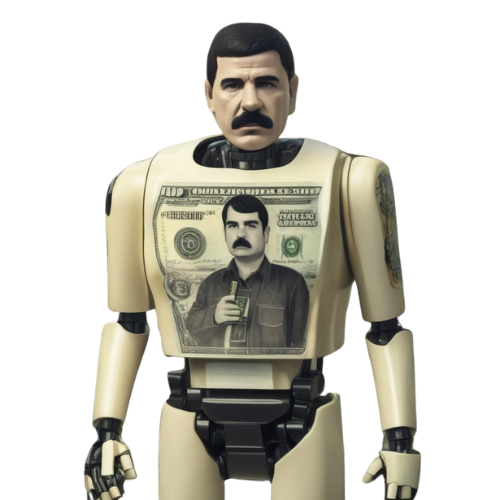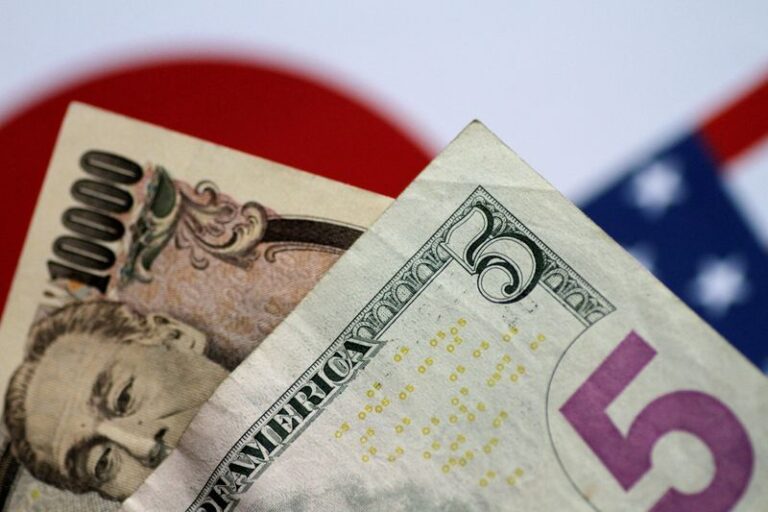By Rae Wee and Amanda Cooper
SINGAPORE/LONDON (Reuters) – Investors unnerved by the prospect of U.S. President Donald Trump’s impending tariffs drove a wave of selling on Friday that hit risk-sensitive currencies such as the Australian dollar and sent bitcoin tumbling, thereby boosting the dollar.
On Thursday, Trump said his proposed tariffs of 25% on Mexican and Canadian goods would take effect on March 4, along with an extra 10% duty on Chinese imports, defying expectations of those who hoped for a further delay in the levies.
Investors responded by selling risk assets such as stocks and, in particular, cryptocurrencies. Bitcoin slid 4.9% to just above $80,000, its lowest since November 11.
Ether similarly fell by as much as 8.8% to a 13-month low of $2,077.
The two tokens were heading for their worst monthly performance since June 2022, following a blistering rally late last year on optimism that the Trump administration would be a boon for the asset class.
“Bitcoin’s fall below $80,000 shows that positive sentiments from a crypto-friendly administration and high-profile endorsements have run their course,” said Joshua Chu, co-chair of the Hong Kong Web3 Association.
“It’s clear bitcoin is a risk asset, not the inflation hedge or digital gold it’s often touted to be.”
Bank of America said in a note that crypto funds had witnessed record outflows of $2.6 billion in the latest week. The bank’s analysts said the fact that the average daily price of bitcoin had struggled to break above $97,000 since November was the first sign of the “bro bubble popping”.
Much of the hype around crypto in the last couple of years has stemmed from, typically, younger male influencers on social media and tech entrepreneurs that many nickname “crypto bros”.
The next big risk event for markets is monthly U.S. consumer inflation, as reflected by the core rate of the personal consumption expenditures (PCE) index, later on Friday.
A RECKONING
This is the Federal Reserve’s preferred measure of inflation and, at 2.8%, it is well above the central bank’s target rate.
This last week has brought home to investors the possible impact on both growth and inflation from Trump’s tariffs, which might make core PCE a key measure of how deeply rooted that concern is, according to City Index market strategist Fiona Cincotta.
“Is this going to be a win-win for the U.S. dollar? If it’s hotter than expected, maybe we’ll see the Fed rate cut being reined in a little bit, while cooler than expected fuels fears over the economic outlook in the U.S. and the slowdown, driving safe haven demand,” she said.
Story Continues


